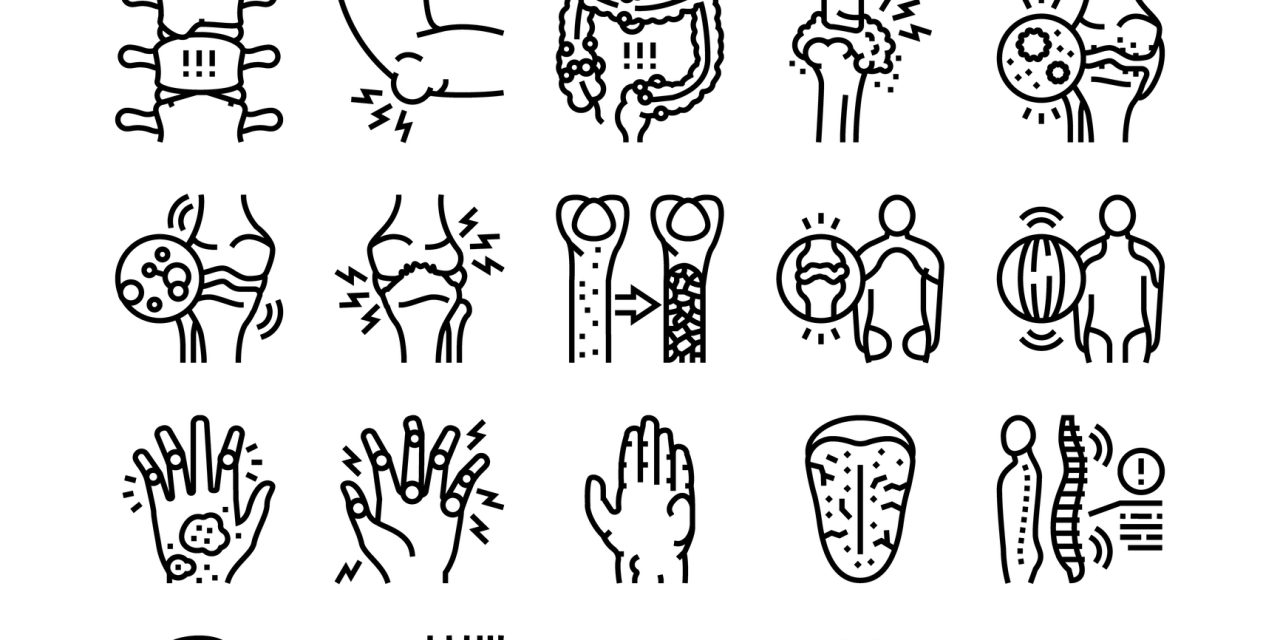Pain is a diagnostic criterion for Gulf War Illness (GWI), Chronic Fatigue Syndrome (CFS), and fibromyalgia (FM). The physical sign of systemic hyperalgesia (tenderness) was assessed in 920 women who were stratified by 2000 Kansas GWI, 1994 CFS, and 1990 FM criteria. Pressure was applied by dolorimetry at 18 traditional tender points and the average pressure causing pain determined. GWI women were the most tender (2.9 ± 1.6 kg, mean ± SD, n = 70), followed by CFS/FM (3.1 ± 1.4 kg, n = 196), FM (3.9 ± 1.4 kg, n = 56), and CFS (5.8 ± 2.1 kg, n = 170) compared to controls (7.2 ± 2.4 kg, significantly highest by Mann-Whitney tests p < 0.0001, n = 428). Receiver operating characteristics set pressure thresholds of 4.0 kg to define GWI and CFS/FM (specificity 0.85, sensitivities 0.80 and 0.83, respectively), 4.5 kg for FM, and 6.0 kg for CFS. Pain, fatigue, quality of life, and CFS symptoms were equivalent for GWI, CFS/FM and CFS. Dolorimetry correlated with symptoms in GWI but not CFS or FM. Therefore, women with GWI, CFS and FM have systemic hyperalgesia compared to sedentary controls. The physical sign of tenderness may complement the symptoms of the Kansas criteria as a diagnostic criterion for GWI females, and aid in the diagnosis of CFS. Molecular mechanisms of systemic hyperalgesia may provide new insights into the neuropathology and treatments of these nociceptive, interoceptive and fatiguing illnesses.
Systemic Hyperalgesia in Females with Gulf War Illness, Chronic Fatigue Syndrome and Fibromyalgia.


